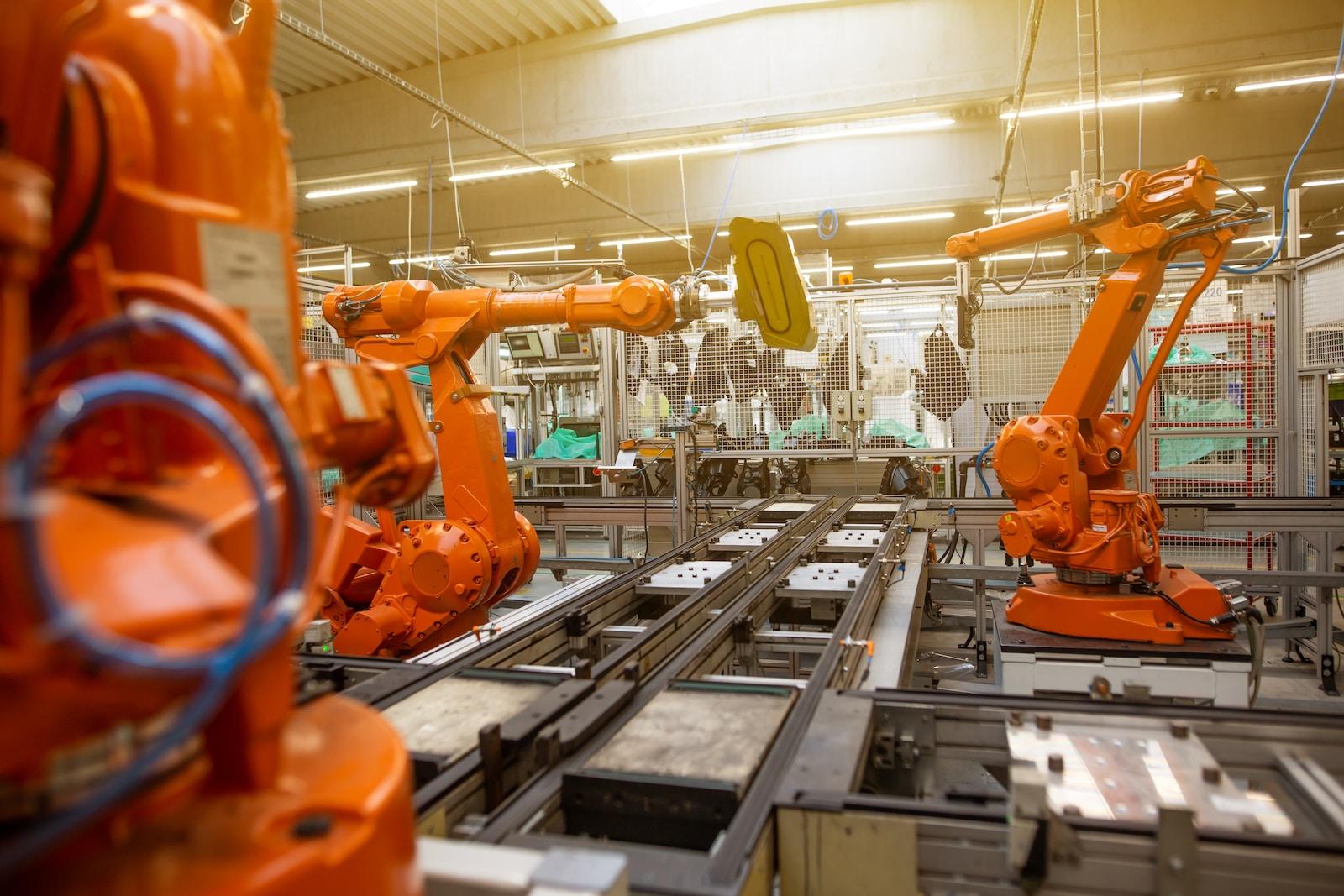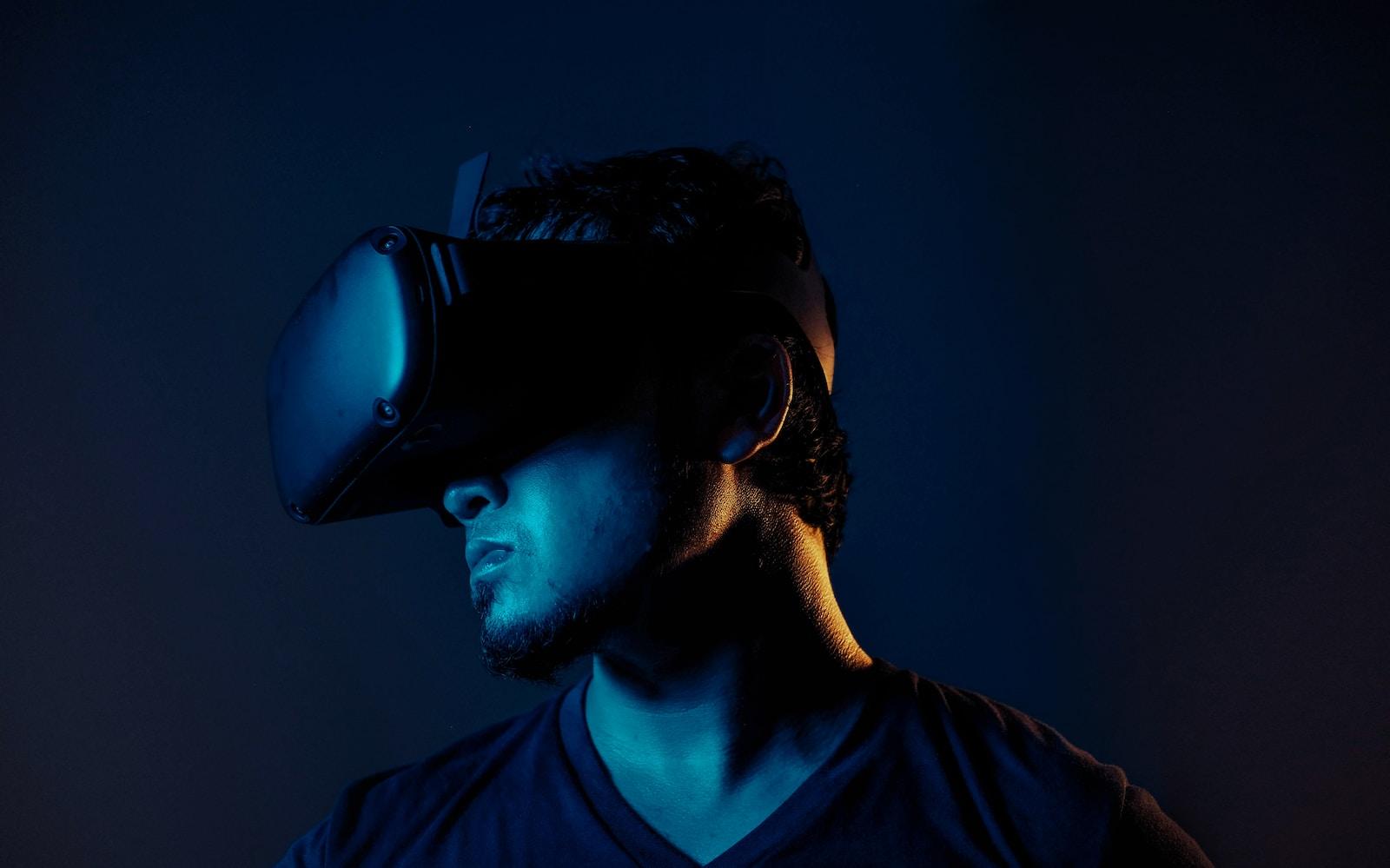In today’s digital age, the need for secure and convenient authentication methods has become increasingly important. Traditional methods, such as passwords and PINs, are often susceptible to hacking and unauthorized access. Biometric authentication, on the other hand, offers a promising solution by leveraging unique physiological or behavioral traits of individuals. This article delves into the world of biometric authentication, focusing on the use of biometric data like fingerprints, facial recognition, and iris scans in various contexts.
- Understanding Biometric Authentication
Biometric authentication involves the use of distinctive physical or behavioral characteristics to verify the identity of individuals. Biometric traits are unique to each person, making them difficult to replicate or forge. Biometric data can include fingerprints, facial features, voice patterns, iris scans, and even behavioral traits like gait recognition.
- Fingerprint Authentication
Fingerprint authentication is one of the oldest and most widely adopted biometric techniques. The ridges and valleys on our fingertips are unique, and modern smartphones, laptops, and other devices have integrated fingerprint scanners for convenient and secure authentication. The process involves capturing and matching the unique patterns on an individual’s fingertip, ensuring accurate identification.
- Facial Recognition
Facial recognition technology has gained significant popularity in recent years. It analyzes the unique facial features of an individual, such as the distance between the eyes, the shape of the nose, and the contour of the face. Facial recognition is used in a wide range of applications, including unlocking smartphones, airport security, and surveillance systems. With advancements in deep learning algorithms, facial recognition has become highly accurate, although privacy concerns and potential biases remain important considerations.
- Iris Scans
Iris scans utilize the intricate patterns within the iris of an individual’s eye to create a unique biometric profile. The iris has over 200 points of uniqueness, making it an extremely reliable authentication method. Iris scanning is employed in high-security environments, such as government facilities and airports, due to its high accuracy and resistance to forgery. However, the cost and complexity of iris scanning systems limit their widespread adoption in everyday scenarios.
- Biometric Authentication in Mobile Devices
Biometric authentication has revolutionized the way we interact with our smartphones and other mobile devices. Fingerprint sensors and facial recognition have replaced traditional PINs and passwords, offering a seamless and secure user experience. By using biometric data, mobile devices can authenticate users swiftly and reduce the risk of unauthorized access. However, concerns over biometric data privacy and potential vulnerabilities in the technology remain important considerations.
- Biometrics in Financial Transactions
Biometric authentication is transforming the financial sector, providing enhanced security and convenience in transactions. Many banks have integrated biometric systems into their mobile apps, allowing customers to use their fingerprints or facial recognition to log in and authorize transactions. Biometrics add an extra layer of security, reducing the risk of identity theft and fraud. Nevertheless, financial institutions must ensure robust protection of biometric data to maintain customer trust.
- Biometrics in Healthcare
The healthcare industry is also embracing biometric authentication for various purposes. Biometric data can be used to secure access to electronic health records, ensuring that only authorized personnel can view sensitive patient information. Additionally, biometric authentication can be integrated into medical devices to prevent unauthorized access or tampering. By utilizing biometrics, healthcare providers can enhance patient privacy and improve the overall security of medical systems.
- Biometric Authentication in Travel and Border Control
Biometric authentication has become an integral part of travel and border control systems worldwide. Biometric passports, also known as e-passports, store facial recognition and fingerprint data, allowing immigration officials to verify travelers’ identities efficiently and accurately. Automated biometric systems at airports enable self-service immigration processes, reducing queues and enhancing security. Biometrics play a crucial role in preventing identity fraud and strengthening border control measures.
- The Future of Biometric Authentication
As technology continues to evolve, biometric authentication methods are expected to advance further. Emerging biometric modalities such as vein patterns, ear shape, and even brainwave patterns are being explored for authentication purposes. Additionally, advancements in artificial intelligence and machine learning algorithms are improving the accuracy and reliability of biometric systems. However, ethical concerns regarding data privacy, potential biases, and the need for robust security measures must accompany these advancements.
Conclusion
Biometric authentication offers a secure and convenient alternative to traditional authentication methods. By leveraging unique physiological or behavioral traits, such as fingerprints, facial features, and iris scans, biometrics provide an accurate and efficient way to verify individuals’ identities. Whether it’s securing our smartphones, making financial transactions, or enhancing border control, biometric authentication plays a vital role in various contexts. However, careful attention must be given to privacy concerns, potential biases, and the implementation of robust security measures to ensure the widespread adoption and success of biometric authentication in the future.





